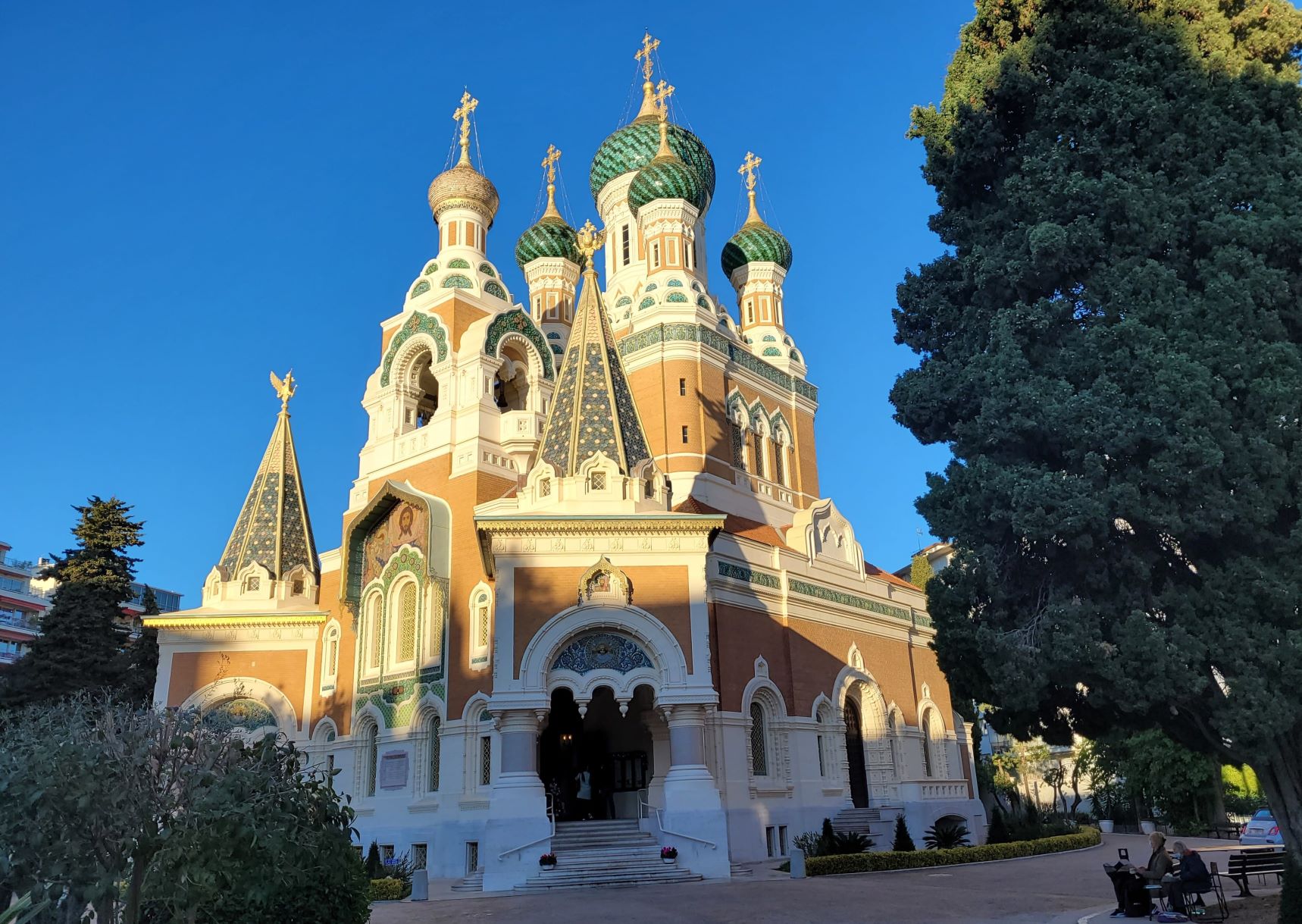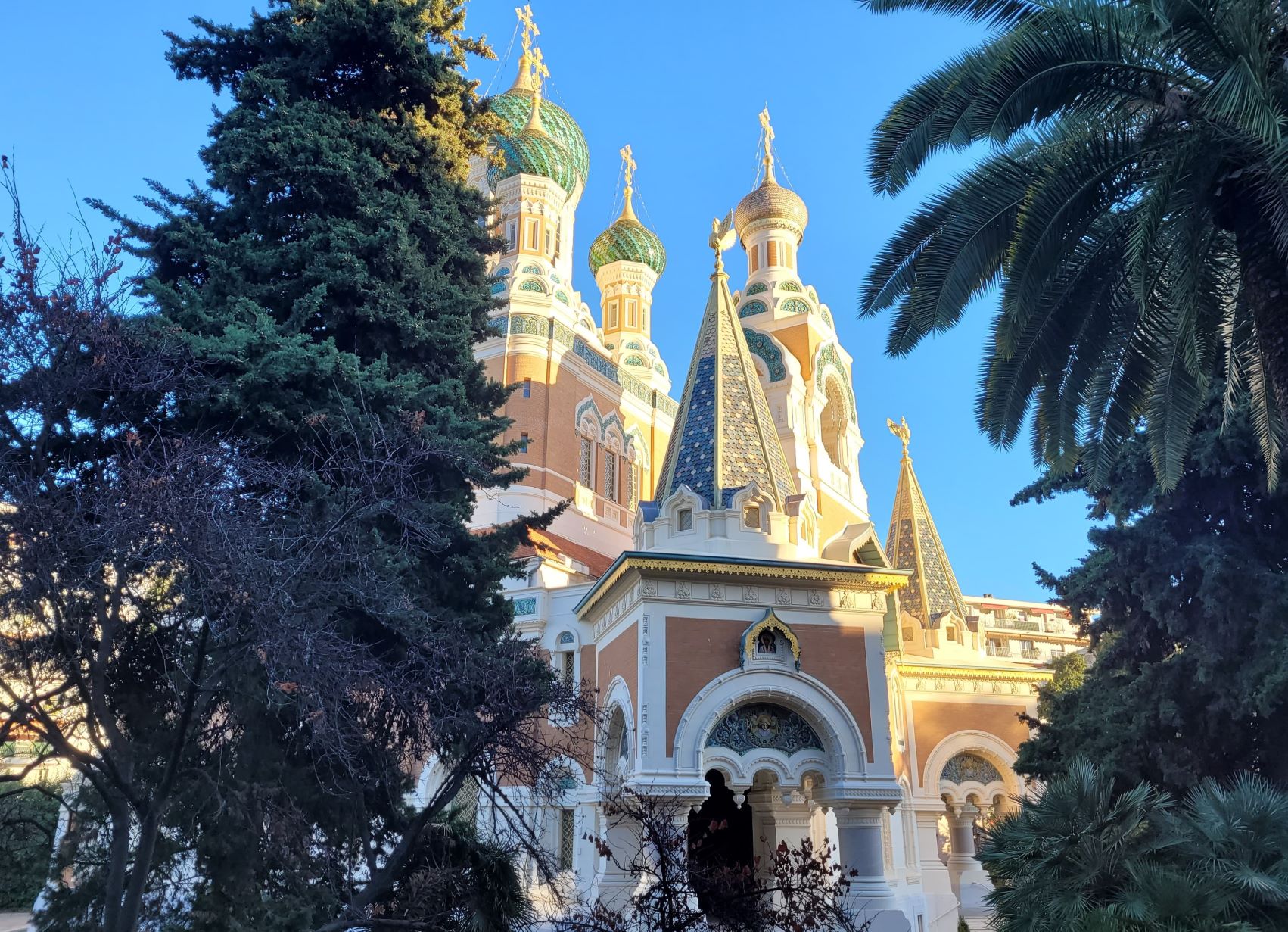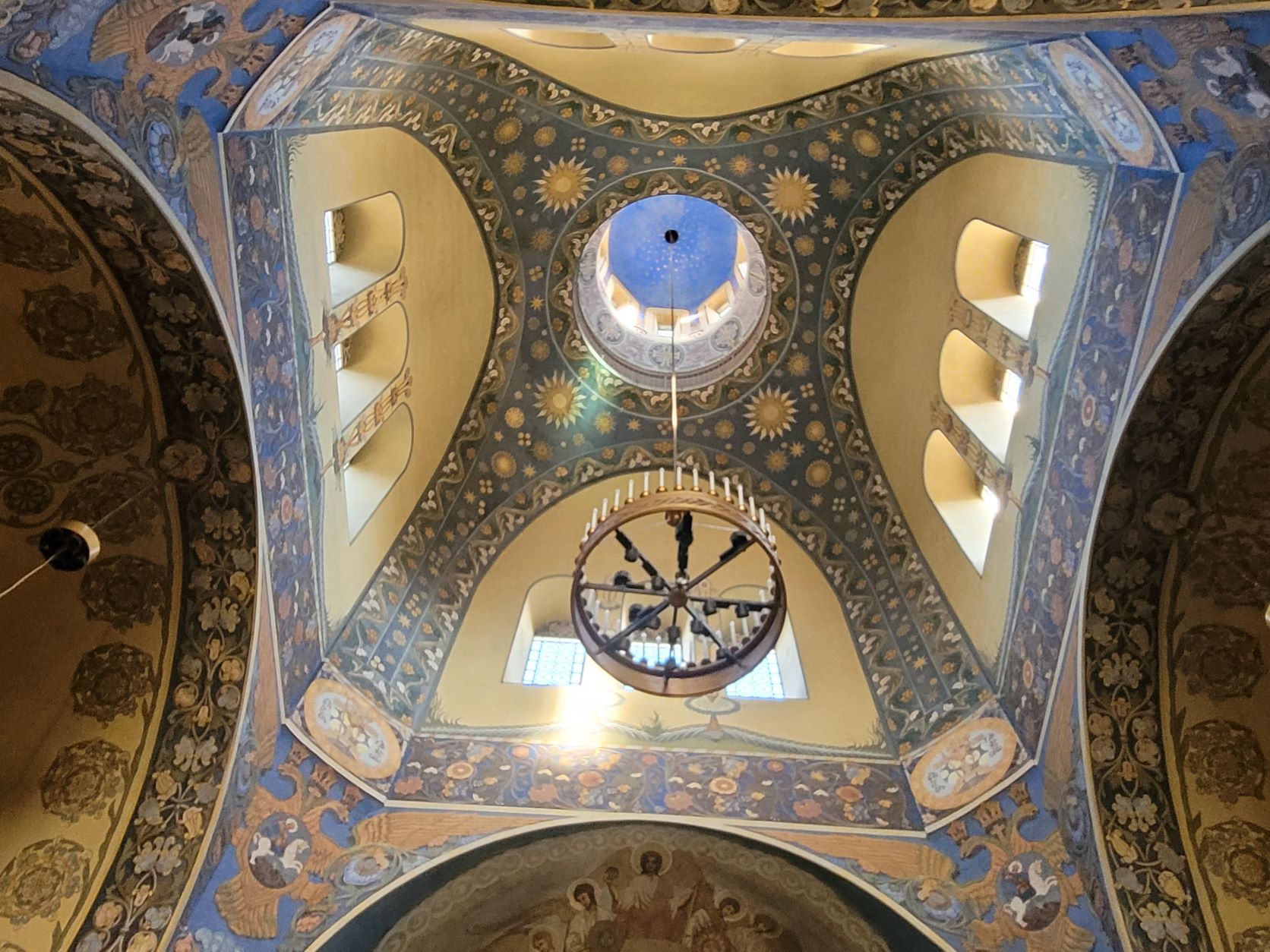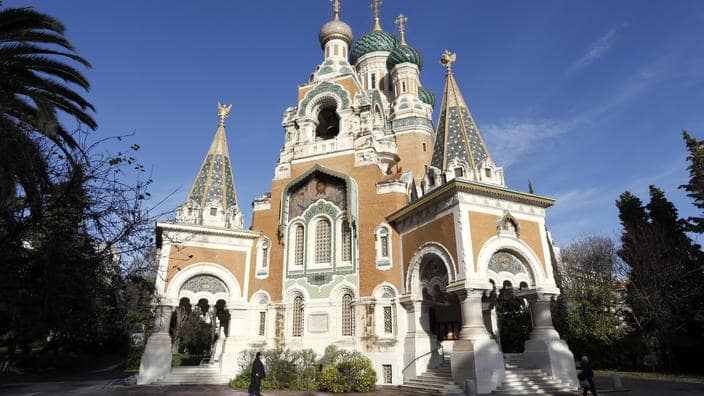


M
E
N
U


ACRN, a non-profit cultural association governed by the Law of 1901, was created with the aim of :
✓ Bring together in a friendly structure people deeply attached to the image of the Russian Orthodox Cathedral of Saint-Nicolas of Nice as a link and symbol of friendship between France and Russia within the region of Nice;
✓ Constitute a structure of information, communication and action for all that relates to the conservation and enhancement of cathedral Saint Nicholas;
✓ More generally, to promote the knowledge and preservation of the Russian orthodox cultural heritage of Nice and the French Riviera;
✓ Facilitate and strengthen exchanges between citizens of Nice, the Côte d'Azur and elsewhere, whether they are of Russian origin or have family or friendly ties with them, who have demonstrated their attachment to these values;
✓ Contribute even more widely, on a local level, to strengthening the moral and friendly links and cultural exchanges between France and Russia.